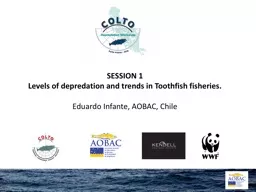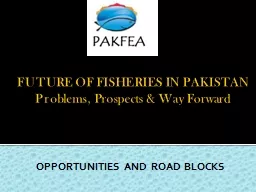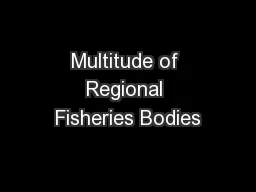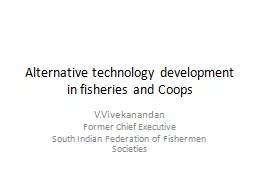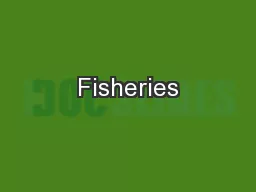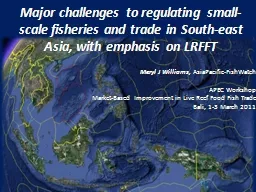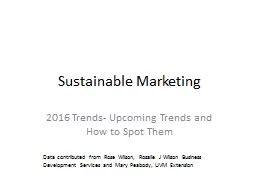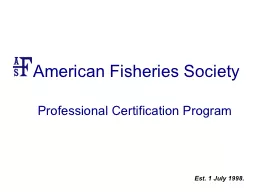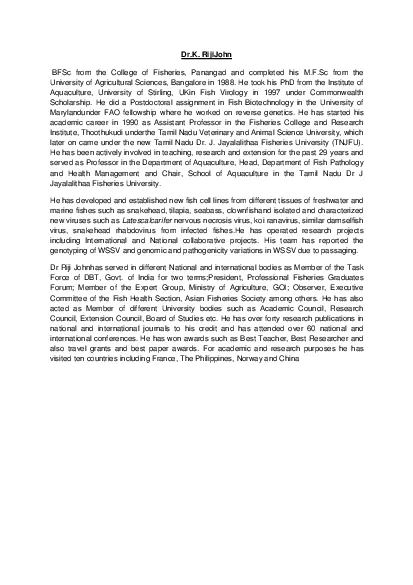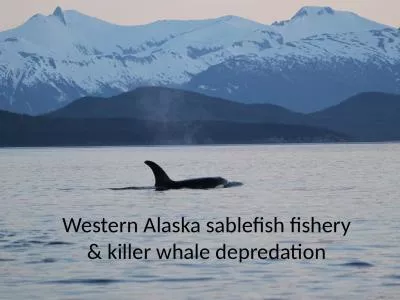PPT-SESSION 1 Levels of depredation and trends in Toothfish fisheries.
Author : eatsui | Published Date : 2020-08-06
Eduardo Infante AOBAC Chile History of the Fishery The Chilean toothfish fishery goes back to the late 80s but it was on the 90s that a commercial fishery was developed
Presentation Embed Code
Download Presentation
Download Presentation The PPT/PDF document "SESSION 1 Levels of depredation and tre..." is the property of its rightful owner. Permission is granted to download and print the materials on this website for personal, non-commercial use only, and to display it on your personal computer provided you do not modify the materials and that you retain all copyright notices contained in the materials. By downloading content from our website, you accept the terms of this agreement.
SESSION 1 Levels of depredation and trends in Toothfish fisheries.: Transcript
Download Rules Of Document
"SESSION 1 Levels of depredation and trends in Toothfish fisheries."The content belongs to its owner. You may download and print it for personal use, without modification, and keep all copyright notices. By downloading, you agree to these terms.
Related Documents

